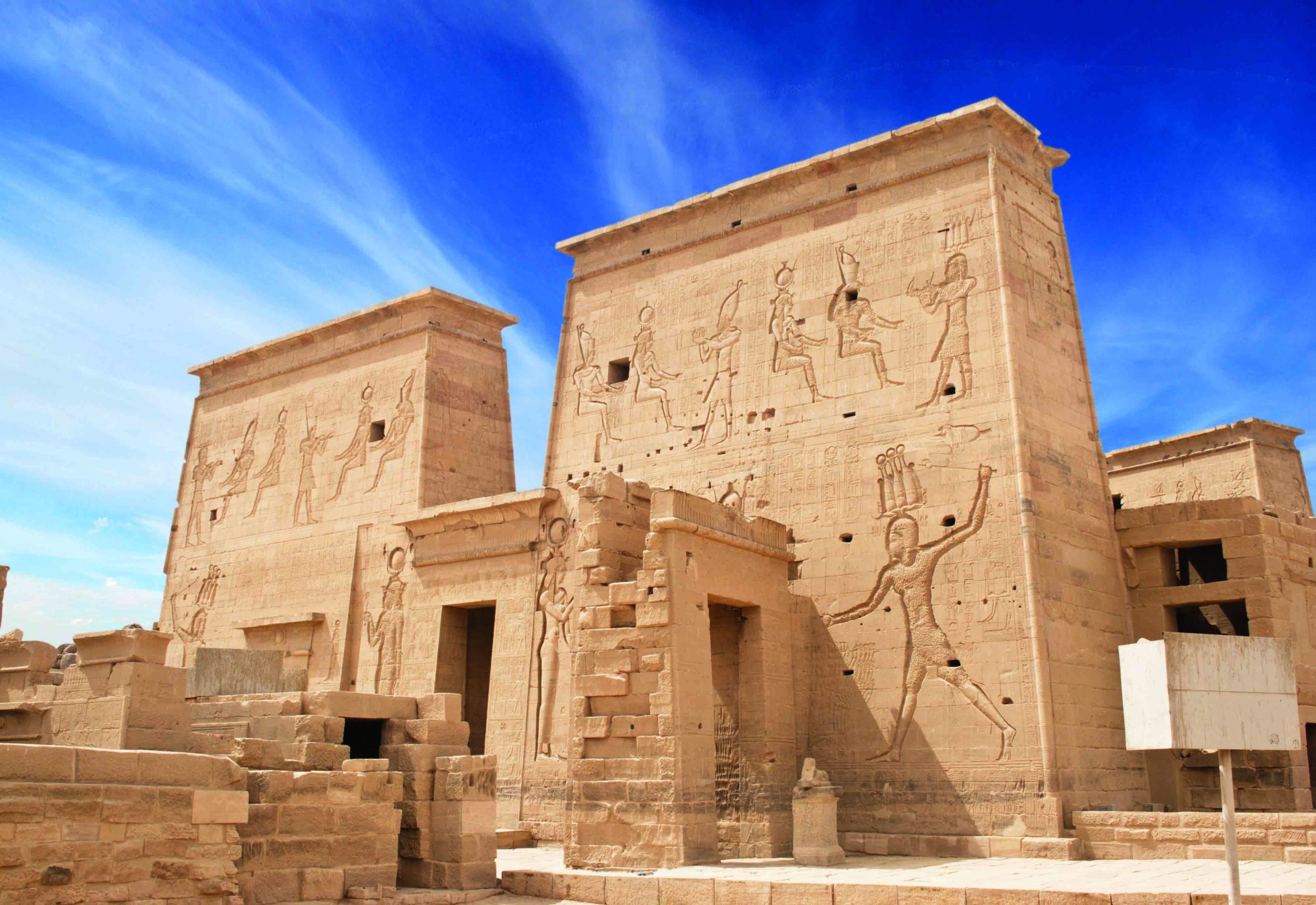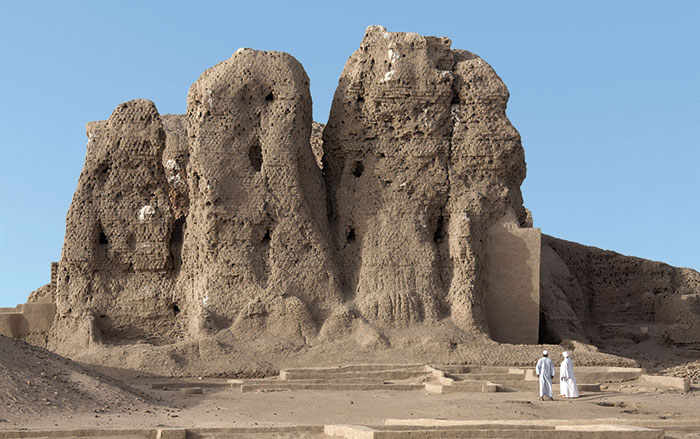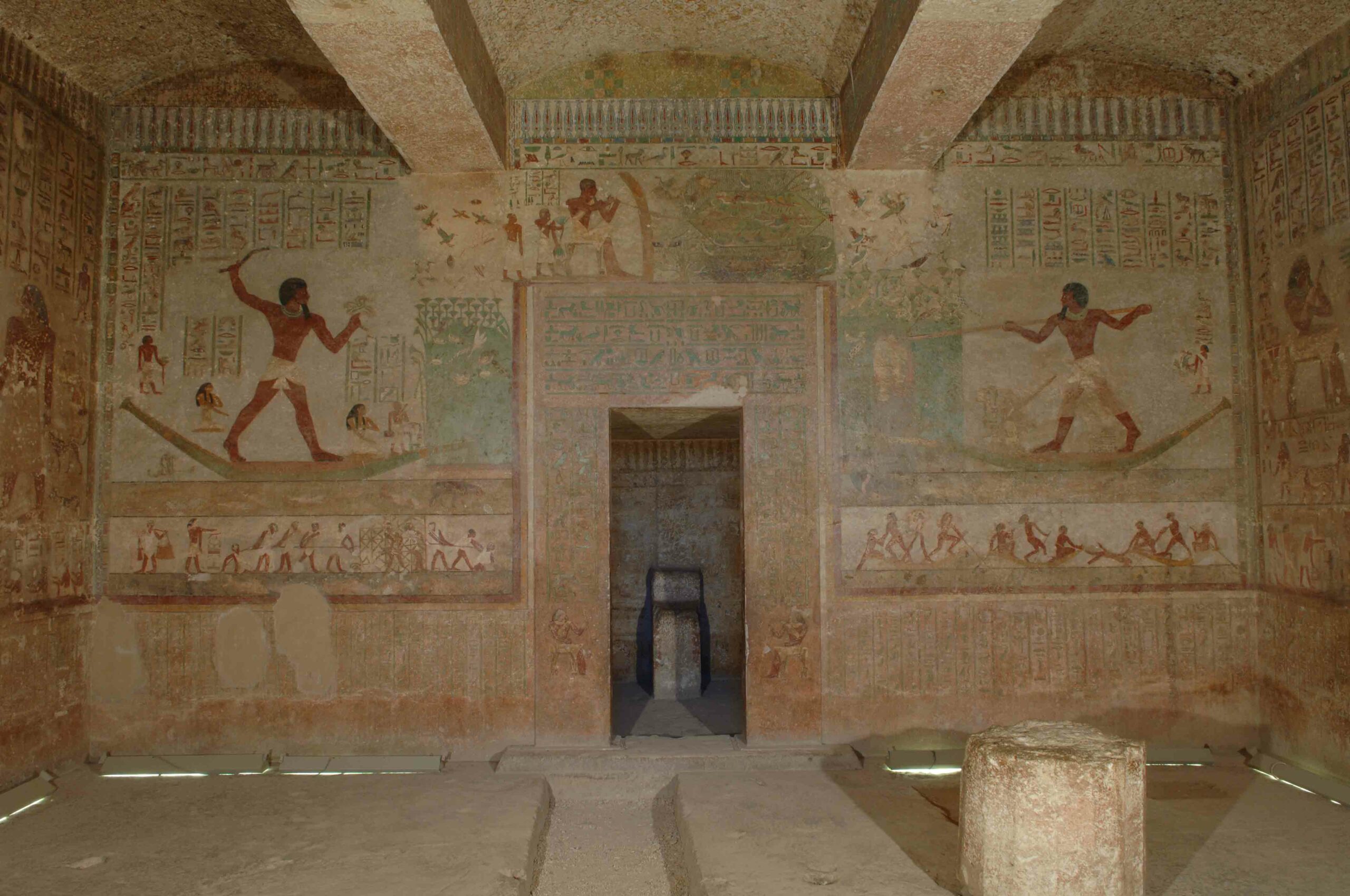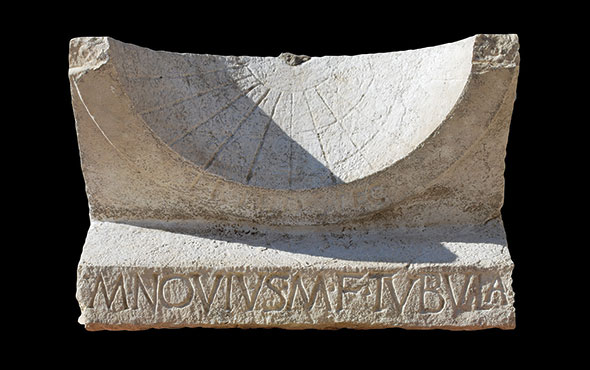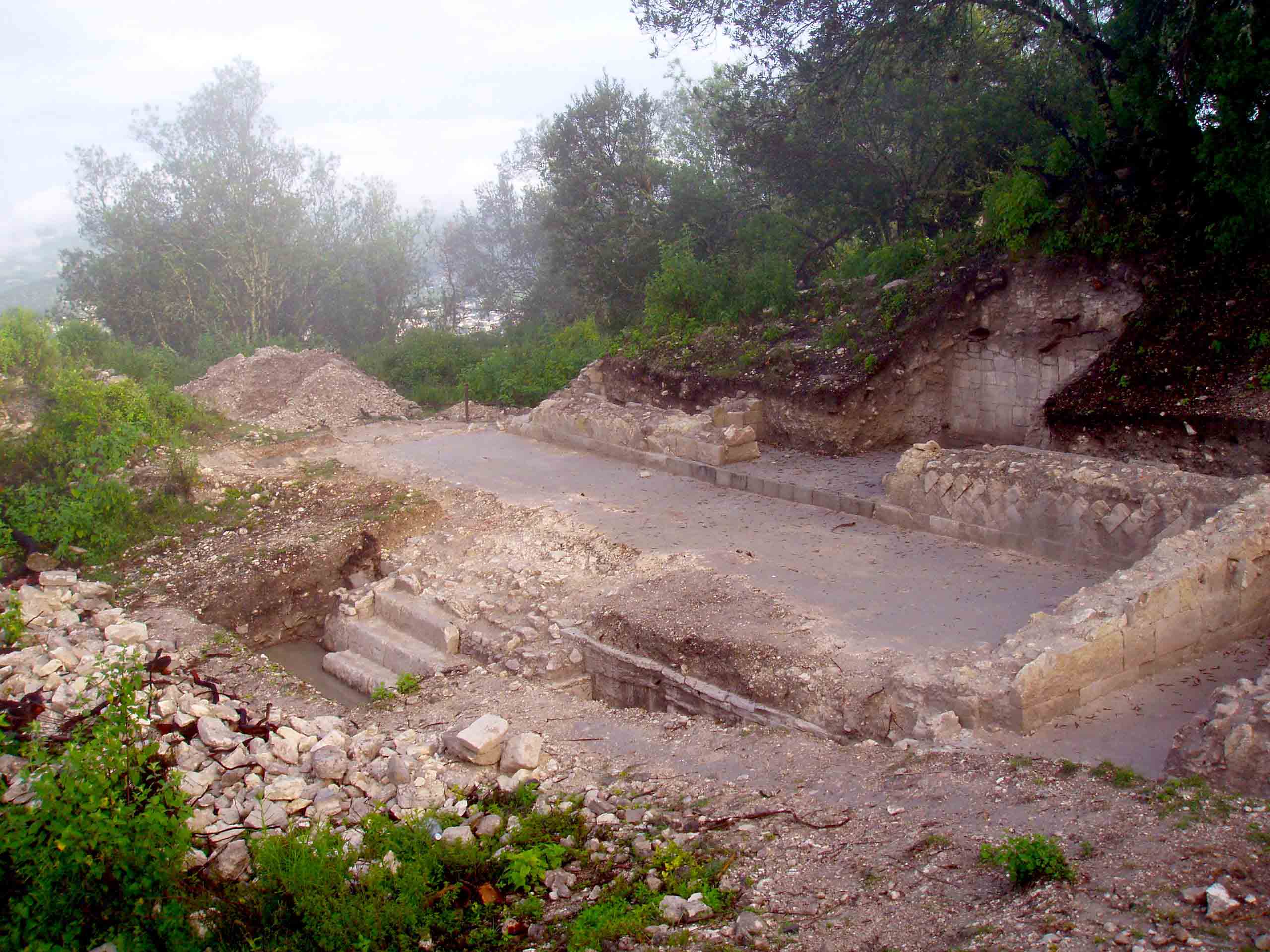
DEIR EL-BHARI, EGYPT—Science in Poland reports that depictions of secretary birds have been identified in the Temple of Hatshepsut at Deir el-Bahari by Filip Taterka of the Polish Academy of Sciences. There are two images of the bird of prey, also known as Sagittarius serpentarius, on the walls of the temple’s upper Portico of Punt, among other images of ebony, gold, resins, ivory, leopards and leopard skins, cheetahs, and giraffes given to the Egyptians by the people of Punt. “It was long thought that a bird that was difficult to identify was a crane, because at this spot the ornament was in poor condition—only the rump was visible,” Taterka said. He found a second image of a bird with a large body with long legs, a short, sharp beak, and distinct feathers on its head on an adjacent block. Three ornithologists have agreed with Taterka’s identification. The new information offers a clue to where the so-called “Land of Punt” may have been located. In the past, scholars have suggested the mysterious place was in Africa or the Arabian Peninsula, but the secretary bird lives only in Africa. “It is not without significance that today the secretary bird is the main element of the emblem of Sudan—perhaps the land of Punt should be sought in southern Sudan or neighboring coastal regions,” he said. To read in-depth about animal mummies in Egypt, go to “Messengers to the Gods.”



